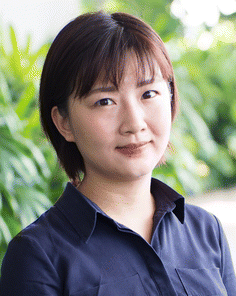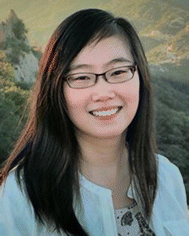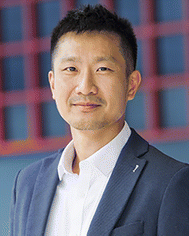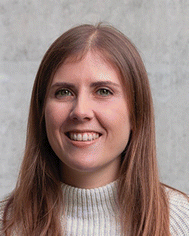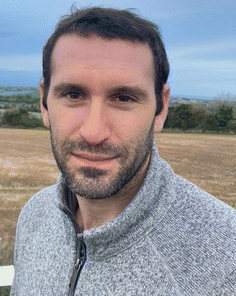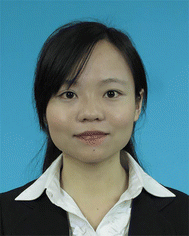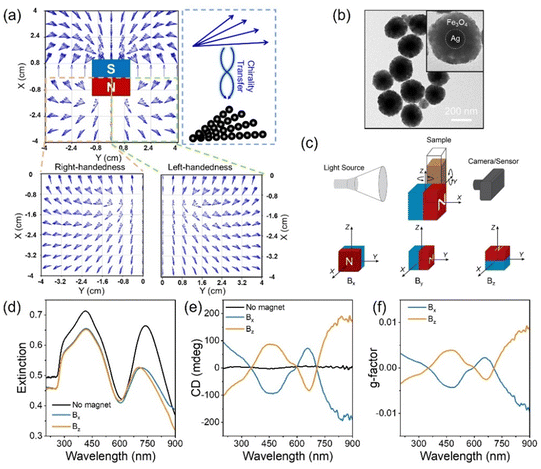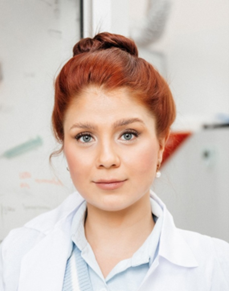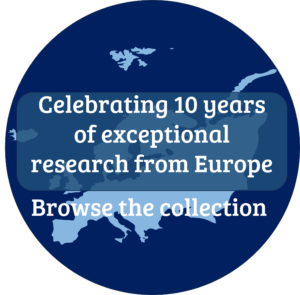Materials Horizons Emerging Investigator series
Discover our 2024 Emerging Investigators
Since the launch of Materials Horizons, the journal has had a clear vision to publish exceptionally high-quality work whilst acting as a resource to researchers working at all career levels. We continue to be impressed by the quality of the research published and at the same time are looking for new ways of recognising and promoting the outstanding authors behind articles published in the journal.
The Materials Horizons Emerging Investigators Series showcases early-career researchers who have published exceptional work in the journal. The initiative started in 2020 and so far we have featured over 40 up-and-coming researchers in the series. For each issue of the journal, the Editorial Office and Editorial Board select an Emerging Investigator from a pool of eligible authors, highlighting the researcher and their recently published work in an interview Editorial.
Discover our 2024 Materials Horizons Emerging Investigators so far and read their publications below:
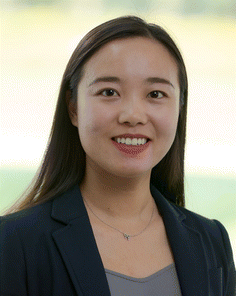
Dr Jie Xu Argonne National Laboratory, USA Read the Emerging Investigator article, ‘Real-time correlation of crystallization and segmental order in conjugated polymers’ (https://doi.org/10.1039/D3MH00956D)
|
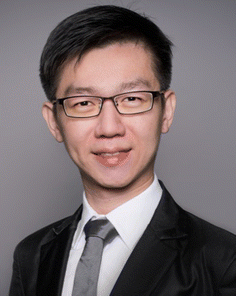
Professor Dr Wee-Jun Ong Center of Excellence for NaNo Energy & Catalysis Technology (CONNECT), Xiamen University, Malaysia Read the Emerging Investigator article, ‘Isotype heterojunction: tuning the heptazine/triazine phase of crystalline nitrogen-rich C3N5towards multifunctional photocatalytic applications’ (https://doi.org/10.1039/D3MH01115A) |
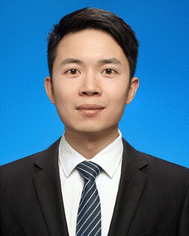
Professor Dr Hai-Bo Zhao National Engineering Laboratory for Eco-Friendly Polymer Materials (Sichuan), College of Chemistry, Sichuan University Read the Emerging Investigator article, ‘Controllable proton-reservoir ordered gel towards reversible switching and reliable electromagnetic interference shielding’ (https://doi.org/10.1039/D3MH01795H)
|

Associate Professor Dr Xuhui Zhang Jiangnan University, China Read the Emerging Investigator article, ‘Soft–hard dual nanophases: a facile strategy for polymer strengthening and toughening’ (https://doi.org/10.1039/D3MH01763J) |

Professor Zhengbao Yang Hong Kong University of Science and Technology, Hong Kong Read the Emerging Investigator article, ‘Exploring the Mpemba effect: a universal ice pressing enables porous ceramics’ (https://doi.org/10.1039/D3MH01869E) |
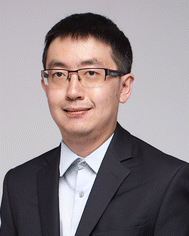
Professor Yiyang Li University of Michigan, USA Read the Emerging Investigator article, ‘Oxygen tracer diffusion in amorphous hafnia films for resistive memory’ (https://doi.org/10.1039/d3mh02113k)
|
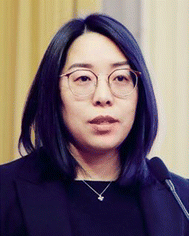
Professor Jingjing Duan Nanjing University of Science and Technology, China Read the Emerging Investigator article, ‘Unlock flow-type reversible aqueous Zn–CO2batteries’ (https://doi.org/10.1039/D4MH00219A)
|

Professor Francesca Santoro Forschungszentrum Jülich and RWTH Aachen, Germany Read the Emerging Investigator article, ‘An organic brain-inspired platform with neurotransmitter closed-loop control, actuation and reinforcement learning’ (https://doi.org/10.1039/D3MH02202A)
|
We would like to congratulate all our 2024 Emerging Investigators so far for being selected to feature. We hope that you enjoy reading their impactful publications and finding out more about them in their Editorial interviews. Keep an eye out for our next Emerging Investigators through 2024
Are you an independent researcher within 10 years of your PhD or within 5 years of your independent career? Submit your best research to Materials Horizons to be considered to feature in one of our next issues!













